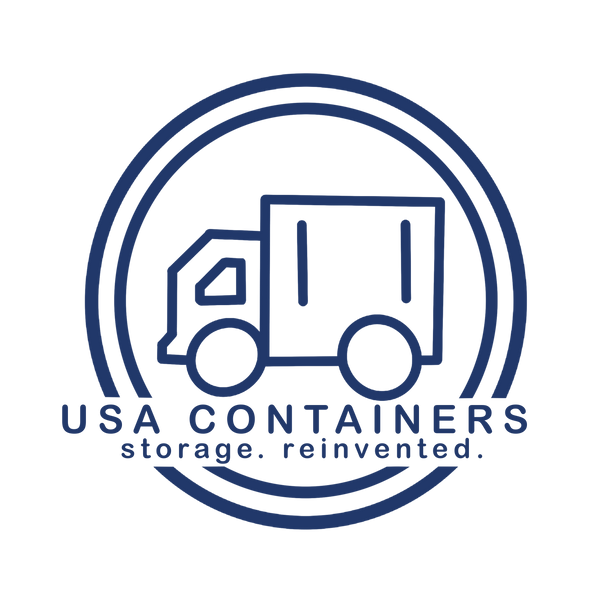The Conex box was developed in response to the logistical challenges faced by the U.S. military during the Korean War. At the time, supplies were shipped in wooden crates, sacks, and barrels—methods that were inefficient, prone to theft, and vulnerable to damage.
In 1952, the U.S. Army introduced the Transporter, a reusable steel container that measured approximately 8.5 feet long and could carry up to 9,000 pounds of cargo. This early design evolved into the Container Express (Conex) system in 1955, offering greater durability, modularity, and ease of handling. Two standard sizes were introduced: a full-size unit and a half-size unit. These containers significantly improved supply chain efficiency and security.
During the Vietnam War, over 100,000 Conex boxes were deployed. In addition to serving as transport containers, they were often repurposed as storage units, command centers, and field offices—highlighting their adaptability.
From Military Application to Global Commerce
The success of the Conex box in military operations caught the attention of commercial logistics pioneers. In particular, American entrepreneur Malcom McLean recognized the potential of containerized shipping for civilian freight.
In 1956, McLean launched the Ideal X, the first container ship designed to transport standardized steel containers based on the Conex model. This marked the beginning of modern intermodal shipping, where containers could be transferred seamlessly between ships, trains, and trucks without unloading and reloading their contents.
McLean’s innovations contributed to the establishment of the International Organization for Standardization (ISO)container dimensions in the 1960s. These standards enabled the development of purpose-built infrastructure around the world, including ports, cranes, and transportation networks. The result was a dramatic increase in shipping efficiency and a significant reduction in costs—transforming global trade.
Modern Uses of Conex Boxes
While the ISO container has become the global standard, the original Conex box remains in use, particularly in military and industrial settings. Today, Conex boxes are utilized across a broad range of applications:
-
Construction: Temporary on-site offices, secure equipment storage, and tool sheds.
-
Emergency Response: Mobile storage and distribution units in disaster zones.
-
Architecture: Modular building components for homes, schools, and commercial spaces.
-
Agriculture and Retail: Seasonal storage, pop-up shops, and field offices.
-
Logistics and Warehousing: Short- and long-term storage of goods.
Their strength, weather resistance, and portability make them an attractive solution in sectors that require flexible infrastructure.

